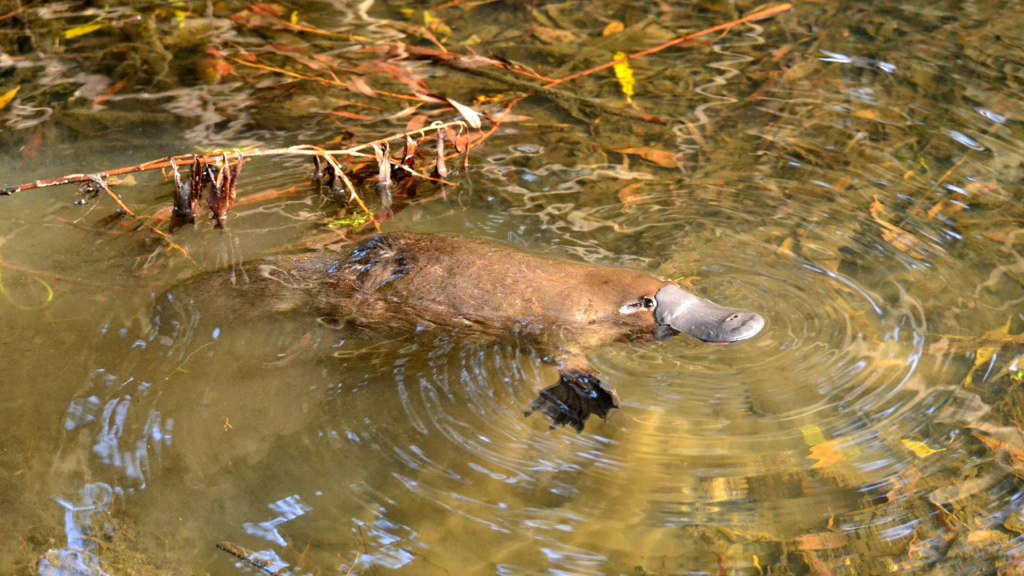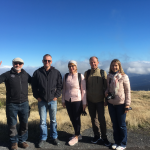
05 Jun Platypus populations under threat
They’re cute, furry and one of the most unusual animals in the world, yet not much is known about the platypus and researchers are warning its existence is under threat.
While the platypus is iconic to Australia, and the animal emblem of New South Wales, it has been difficult to study as it’s a nocturnal mammal that likes to move around river systems and deep pools.
They are predominantly found along the Great Dividing Range and across eastern Australia, however researchers have reported a significant decline in numbers over recent years.
Professor Richard Kingsford, director of the Centre of Ecosystem Science at the University of NSW and leader of one of the first government-funded platypus conservation projects, said most information about platypuses was anecdotal.
“One of the big challenges we’ve realised is that even though you see platypuses in a lot of places all around Australia, you never see a lot of them, and we’re beginning to get some concerning signs in rivers that they’re not there anymore.
“They’re threatened by land clearing and dams … they’re very difficult to work on and that’s part of the challenge.”
This week Professor Kingsford has brought the “best platypus minds” together for a conference at Taronga Zoo to present new research, assess risks to the animal and agree on a conservation plan.
Why are they declining?
In 2014 the International Union for Conservation of Nature raised the status of platypuses from least concerned to near-threatened.
While researchers hope platypus numbers remained steady, Jeff Williams, biologist with the Australian Platypus Conservancy, said it was difficult to attract funding until an animal was declared endangered.
He said tracking studies had shown the animals were having “significant problems”.
Researchers from the conservancy recently reported the platypus populations in the Wimmera region of western Victoria, which had been calculated at around 200 in the mid 1990s, were now extinct.
“The problems with many of these populations is death by a thousand cuts,” Mr Williams said.
“A lot of platypus problems arise from changes to habit and the environment in general, but in particular many populations have been put at risk because of direct impact from what people are doing.
“There are quite a large number of platypuses being entangled in litter, particularly discarded fishing line, and die an unpleasant death … and animals dying in illegally placed fishing traps, particularly yabby traps.
“Only last week in Victoria there was an incident where five platypuses were found drowned in traps.”
Professor Kingsford said past population numbers were being gathered by going through old newspaper articles reporting on the platypus fur trade in the 19th century.
“About that time they were shooting platypuses to make fur coats, mainly Europeans as platypuses are totems for Aboriginal people,” he said.
More awareness about protecting platypus populations only started in the early 20th century, Professor Kingsford said.
What can be done?
One of the key issues to protect platypuses was to ensure they had enough water, Mr Williams said.
A vast number of rivers are attached to dams, which means the flow down rivers are incredibly “unnatural”.
“In many cases with the release of water, it doesn’t take into consideration what platypuses need,” Mr Williams said.
“One of the key issues that will be looked at in a management sense, is ensuring we develop a proper environmental flow policy for our rivers so we don’t do silly things that are basically killing off platypuses.”
Another key task for researchers is to identify how to improve connectivity between rivers to allow platypuses to disperse widely and travel across waters and consequently avoid incest breeding.
“I’ve handled thousands of platypuses in my career and I never get tired of seeing them,” Mr Williams said.
“Every time I see that bill on a platypus’s face it just makes me smile.
“There is nothing like it in the animal world. It’s challenging but rewarding … but it’s always a species we take for granted and we don’t know how special they are.”
Original article: Amanda Hoh, ABC Sydney – http://www.abc.net.au/news/2017-05-31/platypus-populations-under-threat-researchers-warn/8575816
Image © Klaus 2012







Sorry, the comment form is closed at this time.